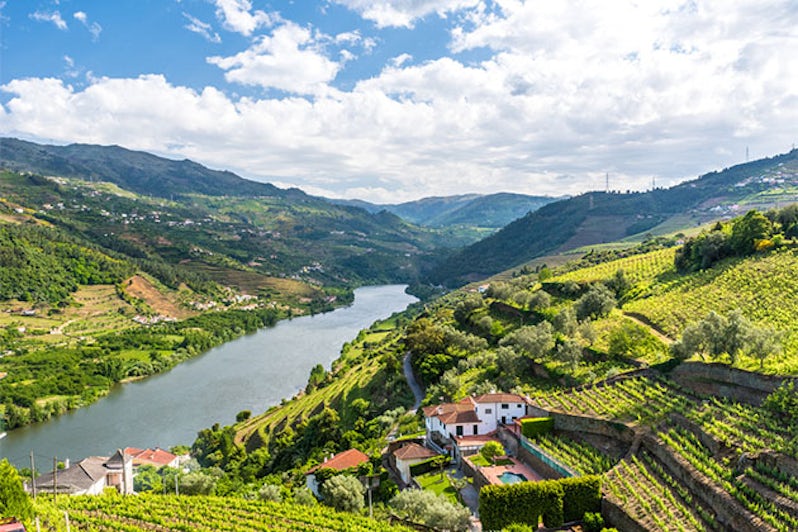
Why Go There: 8 Reasons to Cruise Along the Douro River


While it's not exactly in a forgotten corner of Europe, Portugal's Douro River does tend to be off the beaten river cruising track in comparison to the popular Rhine, Danube and Rhone. Yet, a week spent cruising the Douro is full of unforgettable experiences that may surprise those unfamiliar with this region. As well as a day at either end of the seven-night cruise in the wonderful, UNESCO city of Porto (known for its historic centre, graceful bridges and world-famous port wine houses), there are long, blissful spells on the water without seeing other boats, cruising narrow stretches of the upper Douro between steep, rocky slopes on which thousands of hectares of port wine grapes are cultivated.
Although a Douro cruise sets a pretty leisurely pace, there are some wonderful experiences along the way. We wandered around medieval hilltop villages that have barely changed over the centuries. We visited the cellars of some of the big port-growing dynasties and saw their names gracing the steeply terraced vineyards along the river in huge letters. And we ventured outside the area, too, spending a day across the border in the magnificent Spanish university town of Salamanca, one of the best-kept secrets in the whole of Europe, thanks to its exquisite beauty and history. And then there are the simpler pleasures like eating freshly-grilled sardines at a deck barbecue organized by the crew.
The Douro is increasingly popular with international river lines and companies. AmaWaterways operates two ships, the aptly named AmaDouro and AmaVida. Uniworld has the luxurious S.S. Sao Gabriel. Viking River Cruises has three "baby Longships" in the region -- Viking Torgil, Viking Hemming, and Viking Helgrim. Emerald Waterways also has a ship -- Emerald Radiance, while Tauck has MS Andorinha. Avalon is entering the Douro with a new ship, Avalon Alegria, in 2024.
Wondering why you should give the Douro a try? Here are our top eight reasons to cruise down this Portuguese waterway.
On This Page
Douro River Cruise Ships Are Unique
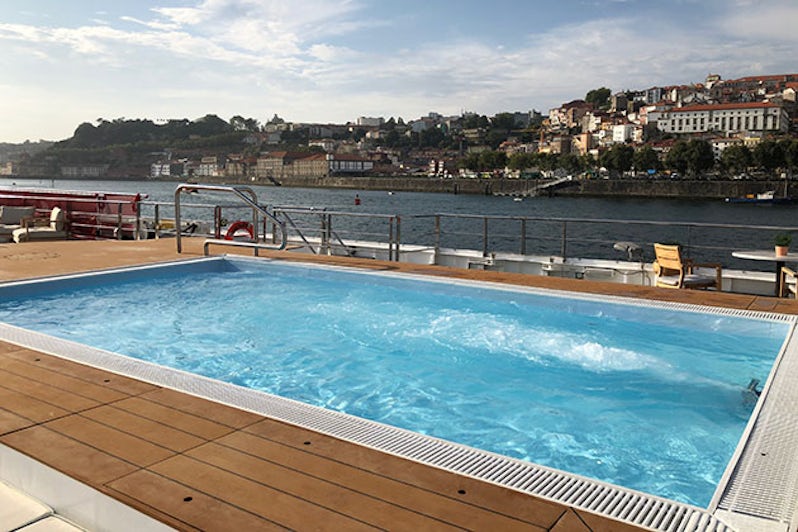
Unlike river cruise ships in other European destinations, those on the Douro stand out because of their size (smaller) and their amenities (more!)
To get through the narrow locks on the Douro, most ships carry around 106 passengers -- about two-thirds what you find on other European rivers. This leads to a more intimate experience.
What the ships lack in people, they make up for in extras. Most Douro River cruise ships have pools on the top deck. That's because this region of Portugal can be quite hot in the summer. We found the pool to be a fantastic extra on our October cruise on Uniworld's S.S. Sao Gabriel.
You Visit Spain Too
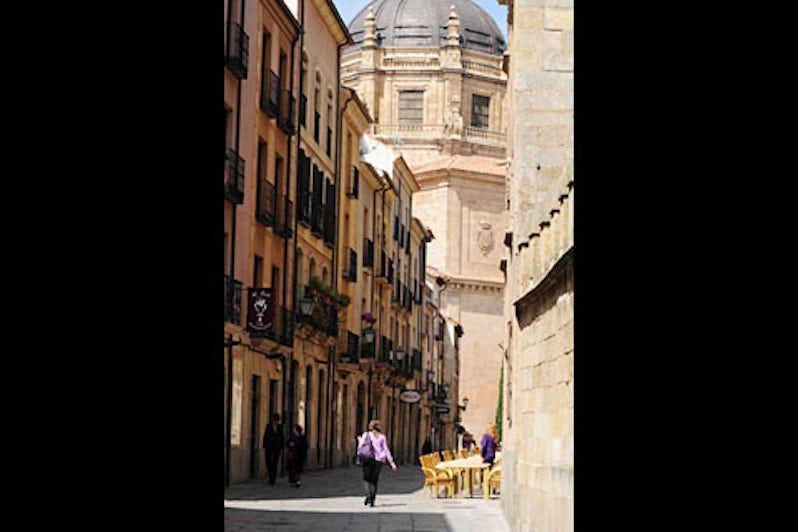
Gorgeous Salamanca is, without a doubt, a highlight of any Douro cruise. A UNESCO World Heritage city, Salamanca was built entirely from golden sandstone that gives off a wonderfully warming glow. We walked around the historic centre, visiting the 13th-century university, the oldest in Spain. (Columbus studied there.) Every graduating student inscribes his or her name on the gold stone walls, once in bull's blood but today in paint; some of the signatures date back hundreds of years. The library, its contents so precious that they're protected by a glass screen, contains hundreds of books from the Renaissance period. The real joy, though, is simply walking the streets, with a view like this around every corner.
You Explore Tiny Villages Surrounded by Farmland

Castelo Rodrigo, a tiny, 12th-century walled village high in the mountains above the Douro, is surrounded by olive groves, wild lavender and, on the lower slopes, the ubiquitous port vineyards. You can just get a glimpse from there of the river far below, snaking its way between the hills. The half-day tour was stretching it, as this village takes sleepy to the extreme -- an hour would have been enough to explore the cobbled streets, ancient doorways and the old Jewish area, complete with ritual bath and the remains of a synagogue. But, the village is beautiful nonetheless. When we travelled, in spring, the ancient walls were draped with purple wisteria, and the fields above the vineyards were carpeted with wildflowers.
You See Part of the Camino de Santiago
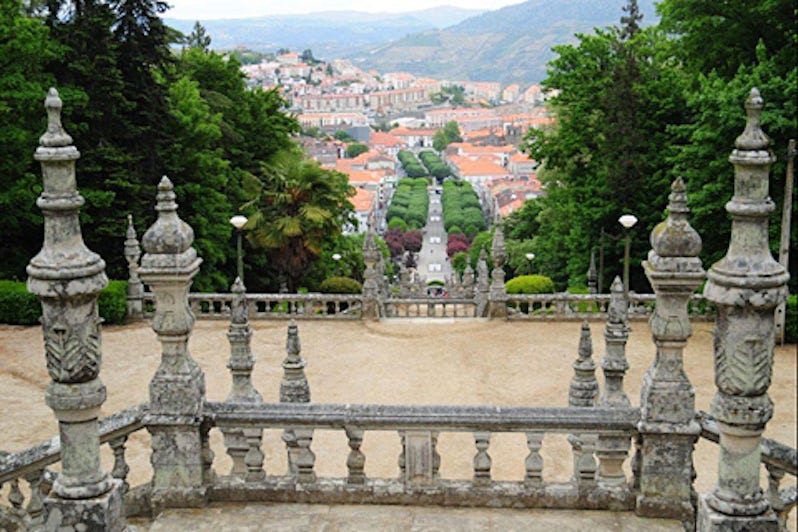
In Lamego, the thing to see is the sanctuary of Our Lady of Remedies, perched on top of a hill and overlooking the town with ornamental steps and pathways cascading down the wooded hillside. Coaches drop the able-bodied at the top and pick up in town at the bottom of the hill later. The exercise was extremely welcome; despite the miles of countryside, a Douro cruise is surprisingly sedentary.
Lamego is also the starting point for one branch of the famous Santiago de Camino pilgrimage route. You'll see the clamshell icons that mark the route within the city. The church, too, has a pilgrimage history, where the faithful famously climb up the steps to the Sanctuary on their knees as a gesture of humility. Back in town, there are some excellent pastry shops, where you can sit with a coffee and people-watch.
You Can Dine in Unique Settings
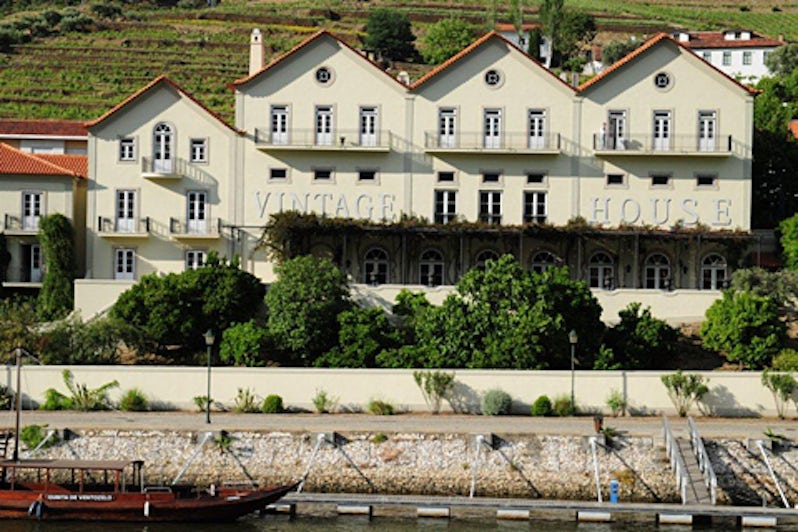
The Vintage House is a beautiful, historic hotel dating back to the 18th century and today dominating the one-horse riverside village of Pinhao. Many Douro cruises include dinner there, with port tasting, in a beautiful old dining hall. Good as the food onboard is, it's always interesting to taste local dishes, which are flavored with spiced sausages and herbs, the meats often cooked in port wine. The hotel is a short walk from the ship, so detour to the waterfront railway station, and admire the stunning blue, white and yellow azulejos tiles. They depict scenes from the port industry in the 1930's, including the wooden boats, rabelos, that used to ferry the wines from the vineyards to the port lodges nearer the coast, where they would be fermented.
You Can Take a Cellar Tour in the Birthplace of Port
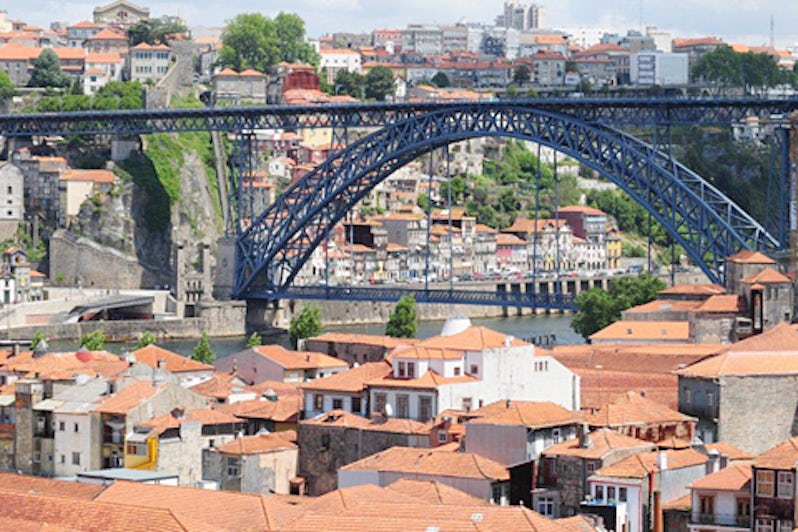
Porto itself, the second largest city in Portugal, is ravishingly beautiful, albeit slightly crumbling, and best appreciated on a walking tour. The city's famous bridge, Dom Luis, is strongly reminiscent of the Eiffel Tower in Paris in its architecture; the designer, Theophile Seyring, studied under Eiffel himself. This shot was taken from the Taylor's Port Winery on the Vilanova de Gaia side of the Douro, where all the top port houses are located. Not only does Taylor's offer one of the best cellar tours, but the vine-shaded terrace is a great lunch stop, with delicious seafood and a fabulous view across to the old city.
The Scenery is Incredible
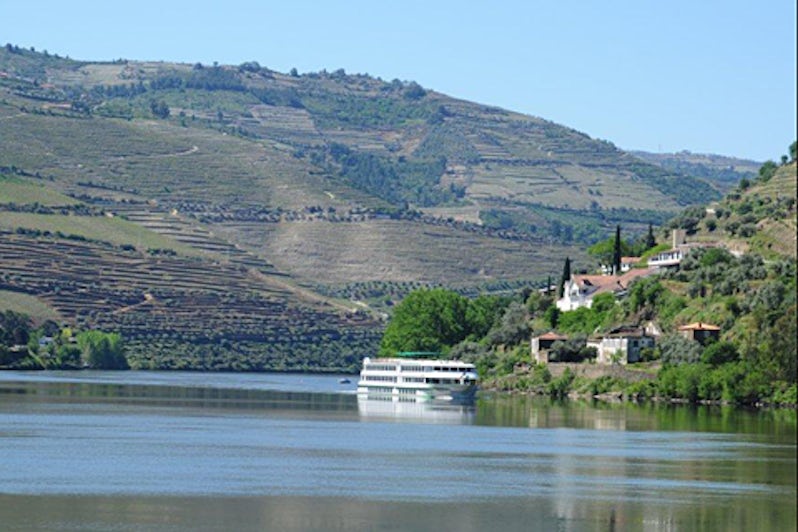
Photo opportunities abound on a Douro River cruise. At the eastern reaches of the river's navigable stretch, the river carves its way through stunning but austere scenery of narrow gorges and rocky, vine-covered slopes. Ashore, you'll spot the occasional whitewashed port wine lodge guarding its vineyards. You'll also see a few of the remaining, decorative rabelos moored up along the river banks. And, because there's no light pollution, you'll get incredible views of the night sky when it's clear.
You Can Experience Europe's Deepest Locks
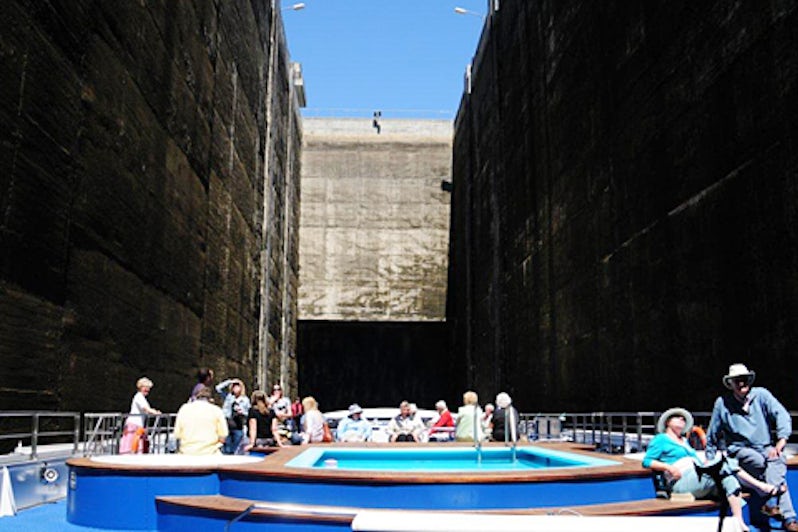
The Douro is known for having some of the deepest locks in Europe, and passing through one is a cruise highlight. Passengers will actually gather on deck to witness the spectacle. The transit is not for the claustrophobic, mind you. When you're at the lowest point -- 30 meters below the next level of the river -- the dark, slime-covered walls really close in. But, for the technically minded, the locks are fascinating pieces of engineering, as is the entrance to them and exit from them. The Douro is a fast-flowing river, and the captains need enormous skill to line up the boats with the lock entrances.